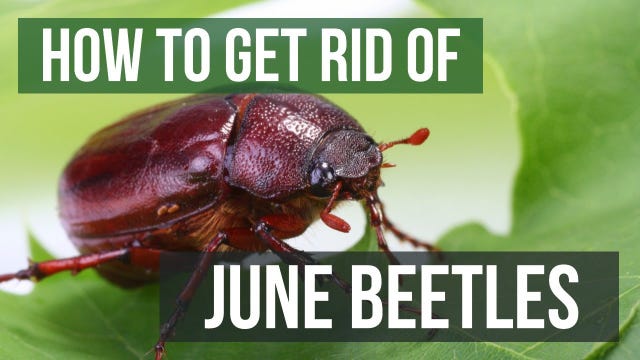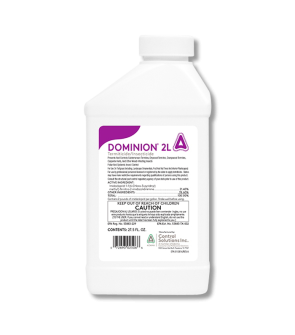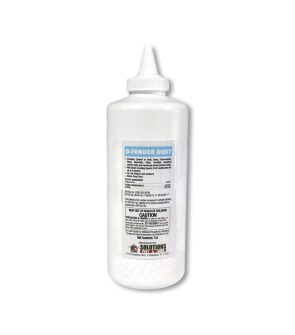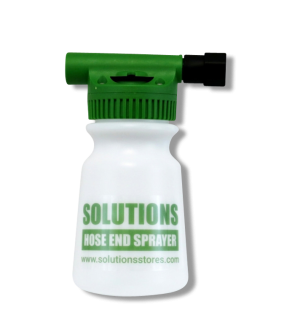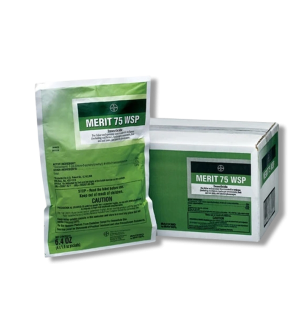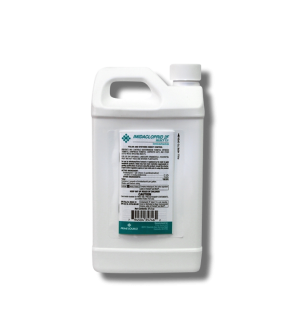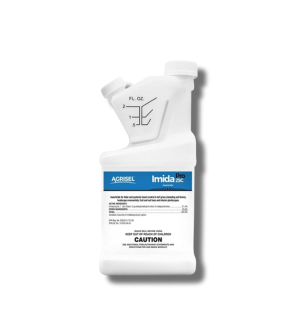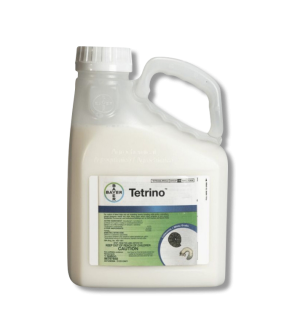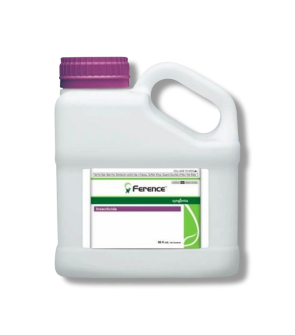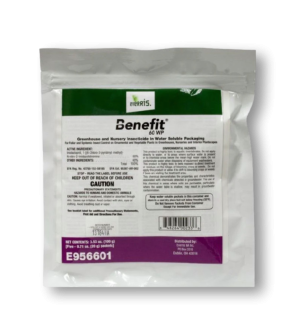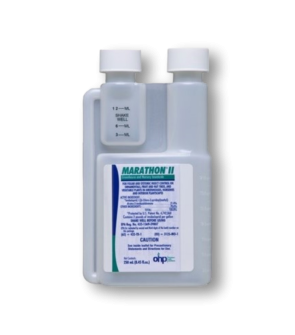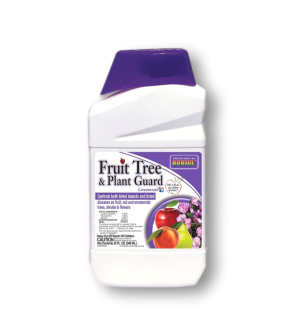Gain access to personalized product screening, the best pricing, rewards, and more!
Most Effective Products
June Beetle Control: How To Get Rid of June Bugs
While several different beetles are called June bugs in the South, the true June bug is the June Beetle, a metallic green insect often with yellow stripes on its wings. The June beetle is a very common pest to gardeners and lawn owners because it damages plant life. If left untreated, June Beetles can multiply and ruin a garden because of their frantic eating, mating, and egg-laying habits.
June beetles do most of their damage as larvae to ripe fruits, tomatoes, figs, berries, apples, peaches, plums, and even corn. This makes them a particularly troublesome problem in orchards. When there isn't fruit available, they would happily eat grass and garden plants.
June beetle damage to turf can be so severe if their populations are high that the turfgrass can be rolled away from the ground like one would roll up a carpet or rug. If you have June bugs plaguing your yard, Solutions Pest and Lawn has the products to remove them and keep them away.
By following our professional DIY guide, you can eliminate a June beetle infestation yourself. Use the recommended products on the side and follow our step-by-step directions below to eliminate a June Beetle problem quickly and affordably.
Identification
Before you can carry out a treatment program, you need to determine what June bugs look like to know that is the pest you are encountering. Misidentification can lead to using the wrong treatment methods, costing you time and money.
- June beetles refer to a type of beetle from the Phyllophaga genus, of which there are 300 species. They get their common name because of the times of the year when they are seen the most. Adult beetles are 0.5 inches to 1 inch long.
- The upper body of the June beetle can be velvety green to a dull-colored brown. The underside of the body is shiny metallic green or gold. June Beetles have elytra, a hardened shell-like forewing that opens and closes when they take flight. Adults also have a distinct, small, flat horn on the head. The larvae stage of June beetles are white and c-shaped grubs about an inch in length.
- Adult June beetles emerge spring through summer, laying eggs under the soil that will hatch into grubs 3 to 4 weeks later. The grubs will feed on grass roots until they grow into adults and emerge in the late spring and summer.
Use the description and image above to identify June beetles in your yard. If you are having trouble with identification, contact us. We will help you properly identify the pest and recommend an insecticide product to take care of the issue.
Inspection
Once you have confirmation that you are dealing with June bugs, proceed with an inspection to locate their activity hotspots, so you know where to focus your treatment applications.

Where to Inspect
Perform a careful inspection of your lawn to see where these June beetles are residing and whether you have a small or large infestation in your garden. Check the damage to your garden plants and whether there are any eggs in high grass or weeds. Look in areas where you see patches of dying grass.
Since June bugs are found under the soil, you will have to dig a 1-foot-square patch 3 inches deep and check for any pest activity.
What to Look For
Looking for active adult June beetles or evidence of June beetle activity would be best. When you cannot locate any June Beetles, check for grass damage they may have inflicted.
Timing is important when treating June beetles. These bugs are known to lay a lot of eggs, and it would be best to control them before they hatch and add to the damage. Adult June Beetles are attracted to light, so you may see some clustered around your outdoor lighting and windows.
Treatment
Once you have completed the inspection, you should prep your lawn for chemical treatment. For safety, we recommend wearing personal protective equipment before applying chemicals.
The product we recommend to treat June bug larvae is Dominion 2L. Apply the insecticide, preferably around June or July.
If you observe June Beetles depositing eggs in the soil, you can gauge the timing of insecticide application. June beetle grubs emerge from their eggs about three weeks after they are deposited into the soil around shrubs and lawns.
Step 1: Apply Dominion 2L to the Lawn

Dominion 2L is a systemic insecticide that can be used to control larvae underneath dirt and treat adults along your home's entry points.
Start by first calculating the square feet of your lawn or treatment area. Do this by measuring your lawn's length and width in feet and multiplying them together (length x width = square footage). This will determine how much Dominion 2L you will need to mix.
Dominion 2L should be broadcast, preferably with a hose-end sprayer, at a rate of 0.46 to 0.6 fl. oz. per 1,000 sq. ft.
Make sure the sprayer control valve and water pump are off, and then attach the hose-end sprayer nozzle to the hose. Remove the reservoir from the nozzle and add the proper amount of Dominion 2L and water. Plan to use 2 gallons of water per 1,000 sq. ft. of treatment area.
Attach the reservoir back to the nozzle, turn the water on, and begin broadcasting evenly over your lawn by pushing forward the control valve. As you make the application, keep track of the amount of product you have left in the reservoir.
Step 2: Apply Dominion 2L Around Your Home Perimeter

Next, you should spray a perimeter treatment of Dominion 2L around the outside of your home and structure to create a barrier that will keep June beetles out. Use a hand pump sprayer for precise spot applications.
To use a pump sprayer, open the sprayer and add half a gallon of water followed by the appropriate amount of Dominion 2L. Then, fill the sprayer with the remaining half-gallon of water. Agitate the sprayer until well mixed, and you are ready to apply.
Spray around doors and windows, around the foundation going up 2 or 3 feet, and any other possible points of entry. It would be best if you also treated around exterior lighting since June bugs are attracted to these areas.
Prevention
After eliminating the June beetle infestation, you will need to work to prevent the infestation from returning. June Beetles will be waiting to feast on your garden in the summertime.

- Regular monitoring and a consistent lawn maintenance schedule are the best preventative practices to ensure June beetles don't come back to damage your garden or lawn. Rake your lawn regularly to remove thatch and expose the June Beetle grubs to its natural predators.
- Water your grass with 1 to 1.5 inches of water once a week and mow it at a height of 3 to 4 inches to encourage root growth. June beetles like to lay eggs in short grass, so try to keep your grass a little longer during the active summer season. Fertilize your turf regularly to ensure it gets the nitrogen nutrition it needs to fight against pest symptoms.
- Finally, make preventative applications of Dominion 2L every 3 months to keep June bugs off your yard.
Key Takeaways
What is a June Beetle or June Bug?
- June beetles (more popularly known as June bugs) are insects that are most active in the summer months and significantly damage garden plants and turf.
- Adult June bugs are distinguishable by their metallic green body and forewings. Larval June beetles are white c-shaped grubs.
How To Get Rid of June Bugs in Your Yard
- To get rid of June bugs, our top recommendation is Dominion 2L, which can be used as both a broadcast treatment over your lawn and a perimeter treatment to keep June Beetles from coming indoors.
- For best results, use a hose-end sprayer to broadcast the Dominion 2L over your entire lawn and a hand pump sprayer to spray points of entry around your home.
Preventing June Beetle Reinfestation
- To prevent June beetle reinfestation, perform lawn maintenance practices (mowing regularly, cleaning up leaf litter, etc.) to make your property less appealing, and monitor your yard closely during those prime summer months.
- Applications of Dominion 2L can be used preventatively every 60 to 90 days to keep June bugs away.






